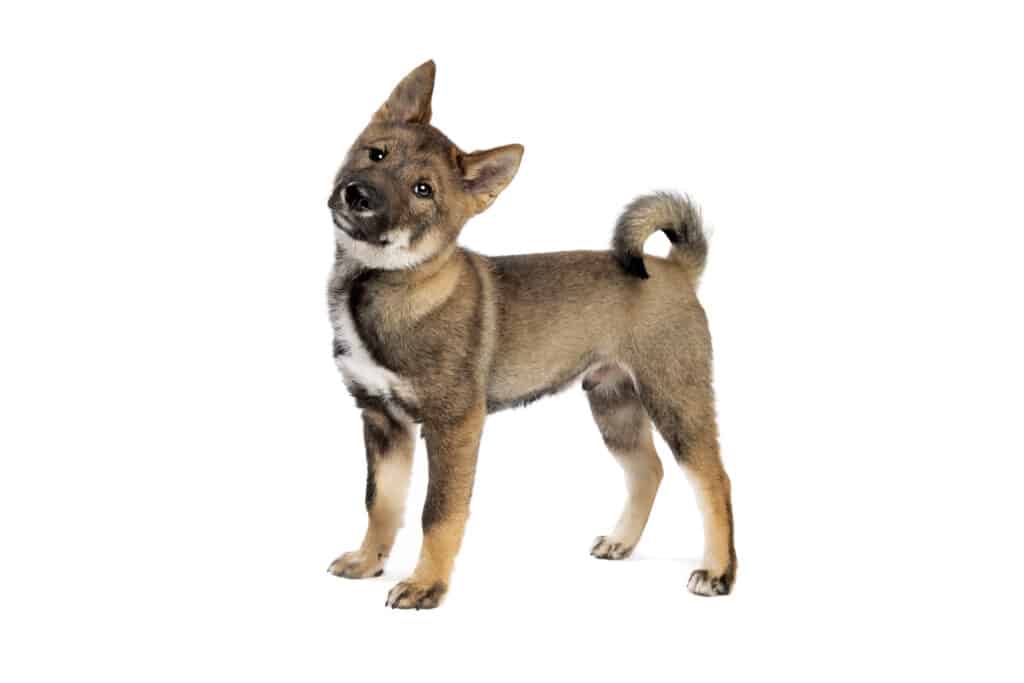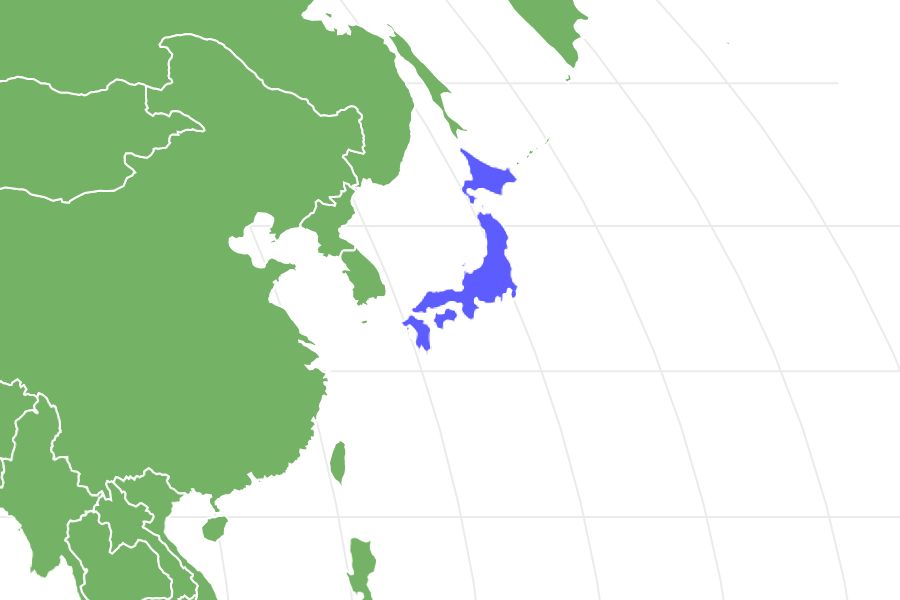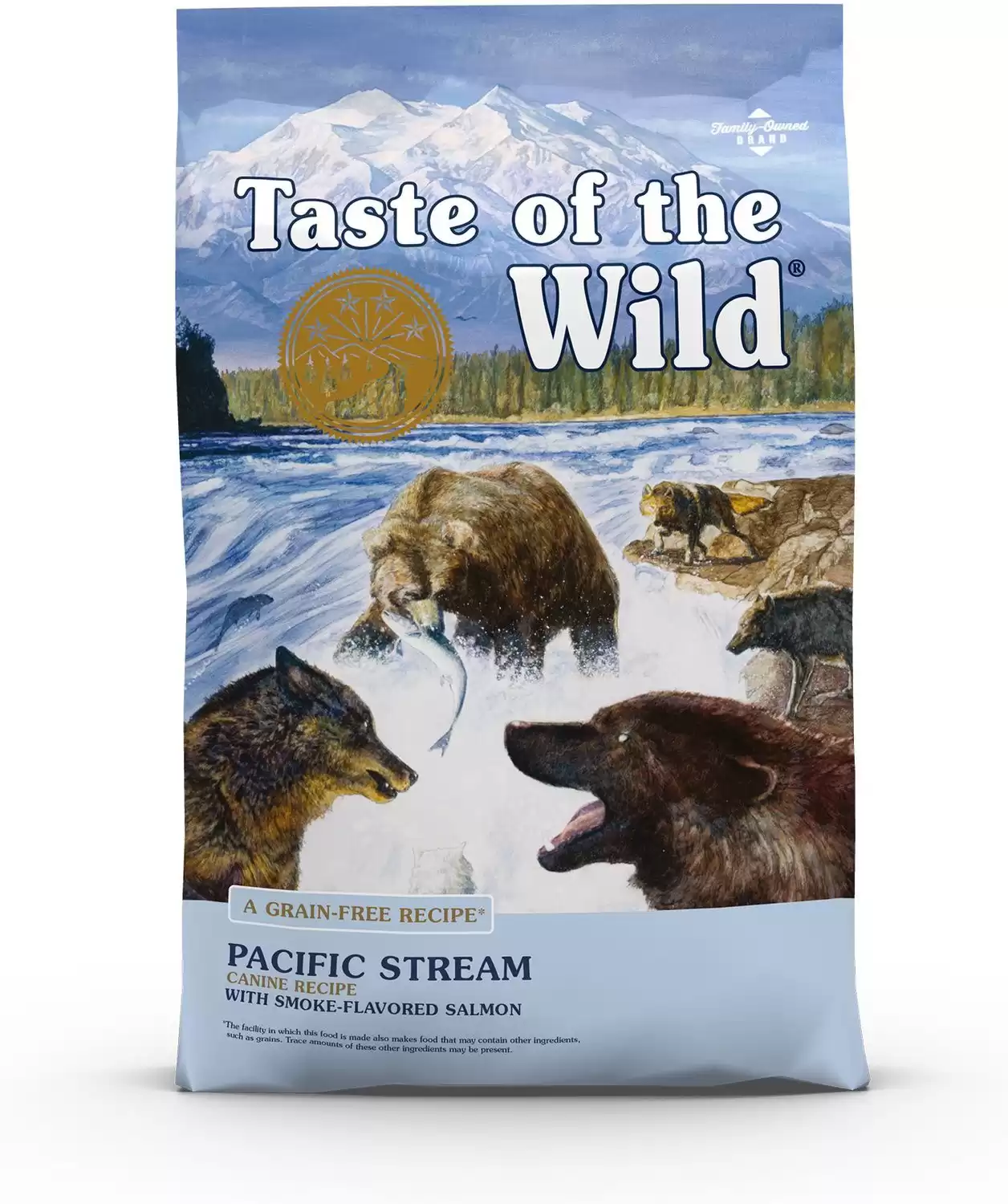Shikoku
Canis lupus
This dog was declared a Japanese Natural Monument in 1937.
Advertisement
Shikoku Scientific Classification
- Kingdom
- Animalia
- Phylum
- Chordata
- Class
- Mammalia
- Order
- Carnivora
- Family
- Canidae
- Genus
- Canis
- Scientific Name
- Canis lupus
Read our Complete Guide to Classification of Animals.
Shikoku Conservation Status
Shikoku Facts
- Name Of Young
- Puppy
- Group Behavior
- Pack
- Fun Fact
- This dog was declared a Japanese Natural Monument in 1937.
- Estimated Population Size
- 5,000-8,000
- Most Distinctive Feature
- Sickle-shaped tail
- Other Name(s)
- Kochi-ken, Mikawa Inu, Japanese Wolfdog
- Gestation Period
- 63 weeks
- Temperament
- Alert, energetic, enthusiastic
- Litter Size
- 4-6 puppies
- Diet
- Omnivore
- Lifestyle
- Pack
- Origin
- Shikoku Island, Japan
- Location
- Shikoku Island, Japan
- Group
- Working
Shikoku as a Pet:
- General Health
- Energy Level
- Shedability
- Trainability
- Intelligence
- Tendency to Chew
- Size
- Family and kid friendliness
- Yappiness / Barking
- Moderate
- Separation Anxiety
- Moderate
- Preferred Temperature
- Cold climate
- Exercise Needs
- High
- Friendly With Other Dogs
- Moderate
- Pure bred cost to own
- $3,000-$4,000
- Dog group
- Working
- Male weight
- 35-55 lbs
- Female weight
- 35-55 lbs
This post may contain affiliate links to our partners like Chewy, Amazon, and others. Purchasing through these helps us further the A-Z Animals mission to educate about the world's species.
View all of the Shikoku images!
Introduction
The Shikoku is a Japanese member of the working group of dogs. One of six native Japanese breeds, the medium-sized, spitz-type dog was bred by Japanese hunters to track deer and boar. Hunters developed this hardy primitive dog in the isolated mountain villages of Shikoku Island, located southwest of the main island of Honshu. The Shikoku was declared a natural monument in 1937 and is rarely seen outside Japan.
Energetic, fearless, and loyal, the Shikoku can also be somewhat reserved and stoic. Its energy and activity levels demand some attention and engagement from its master. The Shikoku is an excellent dog for active single owners, active families, and hunters who know how to train and handle a dog.
Different Types of Shikoku
There are now two separate lines of Shikoku: the Hongawa, from the village of Hongawa, and the Hata, from southeastern Shikoku. A third line, the Awa, disappeared during WWII due to hardship and crossbreeding. Though they have tended to blur together, most Shikoku still favor the Hongawa or Hata lines.
- Hongawa Line: The Hongawa is light, lean, and muscular, with a thinner coat.
- Hata Line: The Hata line is stockier, with a thick, long coat. It also appears more wolf-like.
Shikoku Fun Fact
- This dog was declared a Japanese Natural Monument in 1937.
3 Pros and Cons of Owning Shikoku
| Pros! | Cons! |
|---|---|
| As a primitive breed, the Shikoku is a very healthy dog. It has no known tendencies toward genetic problems or diseases. | The Shikoku is very independent and loyal to its family; this means that it can also be aloof and wary of strangers and unfamiliar dogs. |
| The Shikoku bonds intensely with its family, making it a loyal dog. | This dog is prey-driven, so adults should watch it around young children and small animals. Sudden motion can trigger its desire to chase. |
| While the Shikoku is very active outdoors, it can be very peaceful and calm indoors. | The durable double coat of the Shikoku sheds prodigiously. It also has one to two heavy shedding periods per year that call for heavy vacuuming and frequent brushing. |
The Best Dog Food for Shikoku
The Shikoku is a primitive and active breed. Their ideal build is lean, muscled, and athletic. The Shikoku needs a lot of protein for lean muscles and a high fat content for energy. Here is a selection of some of our favorite dog foods to help you decide. We recommend Taste of the Wild Pacific Stream Grain Free Dry Dog Food.
•Nutritional, high protein food for large breed dogs
•Real protein as #1 ingredient
•Fruits & superfoods for vitamins & minerals
•Antioxidants, omega fatty acids, prebiotics
Shikoku Size and Weight
Among the six native breeds of dog in Japan, the Shikoku is a Shika-Inu, or medium-sized dog. While the male is slightly larger and stockier than the female, the breed stands roughly 17-22 inches at the shoulder and weighs 35-55 pounds.
| Size | Measurement |
|---|---|
| Height (Male): | 17-22 inches |
| Height (Female): | 17-22 inches |
| Weight (Male): | 35-55 pounds |
| Weight (Female): | 35-55 pounds |
Shikoku Common Health Issues
As a primitive breed, Shikoku are very healthy dogs with little record of genetic predispositions to illness. They should be regularly evaluated for common canine issues such as hip and elbow dysplasia, eye disorders, epilepsy, patellar luxation, and allergies. Also, ask the breeder for genetic and screening results.
Shikoku Temperament
They bond closely with their families and are very loyal. They have a somewhat territorial personality, and their alert natures can convert their loyalty to wariness toward strangers and unfamiliar dogs. Their high prey drive means they shouldn’t be left unsupervised with small pets. They can also be a bit standoffish and stubborn.
Bred for hunting in the mountains of Japan, Shikoku are tough, hardy dogs with loads of endurance. They are energetic and agile; these traits make them great companions for active outdoor people.
Shikoku are also intelligent, sensitive, and trainable dogs. They are generally observant, temperate, and display good judgment. Though they are active outside, they display peaceful and calm behaviors indoors. When raised with children, they can interact very well with them.
How To Take Care of Shikoku
Maintenance and Grooming
The Shikoku’s double coat is prone to shedding and should be brushed weekly. One or two times a year, the dog’s coat “blows out,” resulting in excessive shedding, and washing the dog’s coat during those seasons can reduce shedding in the home. A few washes a year is okay because any more than that can dry out the coat and cause skin irritation. You should never shave the dog’s coat.
Brush the Shikoku’s teeth a few times a week and trim or clip the nails monthly to avoid cracking or splitting. Check the ears for wax and debris that can cause ear infections and clean them as needed.
Training
Training should begin as soon as you bring the dog home. Shikoku are not as stubborn as other Japanese breeds, though they will periodically ignore commands. They will become bored, however, so keep the training sessions short and engaging.
Due to their territorial and standoffish natures, training should focus on socialization and avoiding aggression. Their prey drive should also be directed, incorporating start and stop training to let them know when to stop and when it’s okay to chase. A good outlet for this can be a flirt pole, which trains them to respond to commands to wait and then release.
Exercise
Shikoku are high-energy, active dogs. They should have at least an hour of daily activity, including play, training, and walks. Playing in an enclosed backyard is an excellent way to burn off energy. If you live in an apartment, walking the halls or playing with a rolling tennis ball are suitable activities, too. This is also a good opportunity to take them on a run or alongside a bike ride.
Puppies
When you bring home a Shikoku puppy, you should train it immediately. Apart from the housebreaking process, it would be best if you began socializing it with family, kids, and pets; this would also be an excellent time to train it to wait on command, which will help it resist its prey drive. Puppy kindergarten at 10 to 12 weeks (vaccination status permitting) should also be part of the plan.

Socialization of shikoku puppies should begin at a young age.
©iStock.com/Eriklam
Shikoku and Children
Shikoku are loyal family dogs. They are good with children when they are raised alongside them. The children should also be trained to treat the dog properly and be aware of any cues the dog may be displaying. Dogs should also never be left unsupervised with young children.
Dogs Similar to Shikoku
Chow Chow: From China rather than Japan, the Chow Chow has a similar build and a double coat. This dog is also loyal but has a more aggressive nature.
Hokkaido: Another Japanese dog that is a member of the six native breeds, the Hokkaido is a medium-sized dog with a beautiful coat. The Hokkaido is also a brave, loyal, and affectionate family dog.
Kai Ken: The Kai Ken is also one of Japan’s six native dog breeds. The Kai Ken is loyal to its family, very loving, and makes an excellent watchdog.
Popular Names for Shikoku
Here are some popular Japanese names for a Shikoku:
- Akio
- Akira
- Goro
- Haru
- Haruki
- Ai
- Aiko
- Chika
- Emiko
- Mariko
Related Animals:
View all 293 animals that start with SShikoku FAQs (Frequently Asked Questions)
Is a Shikoku a good family dog?
Shikoku bond well with their families and are very loyal. If you want them to be around children, you should raise them around your children, beginning as puppies.
How much does a Shikoku cost?
A Shikoku can cost from $3,000 to $4,000 before you factor in import costs. The dog is extremely rare outside of Japan.
Is a Shikoku rare?
Yes. While Japan has 5,000-8,000 of this breed, the last estimate of Shikoku owned outside of Japan came to only about 100 dogs.
What is the difference between a Shikoku and a Shiba Inu?
These separate breeds are two of the six native dogs of Japan. The Shiba Inu looks like the Shikoku but is smaller and more vocal. The Shiba Inu does make a good family dog, as well.
Do Shikoku shed?
Shikoku shed year-round and have one or two heavy shedding seasons per year.
How long do Shikoku live?
The average lifespan for Shikoku is 10-12 years.
What are Shikoku known for?
Shikoku were bred to hunt deer and boar in Japan, and they are sturdy and durable dogs.
Thank you for reading! Have some feedback for us? Contact the AZ Animals editorial team.
Sources
- Dog Breeds List, Available here: https://www.dogbreedslist.info/all-dog-breeds/shikoku-dog.html
- American Kennel Club, Available here: https://www.akc.org/dog-breeds/shikoku/
- Wikipedia, Available here: https://en.wikipedia.org/wiki/Shikoku_dog
- Shikoku Club, Available here: https://shikokuclub.com/find-a-breeder/
- Shikoku-ken, Available here: http://www.shikoku-ken.org/
- Dog Pregnancy Calendar, Available here: https://dogpregnancycalendar.com/shikoku-dog-pregnancy-week-by-week-calendar/
- Pet Guide, Available here: https://www.petguide.com/breeds/dog/shikoku/


















